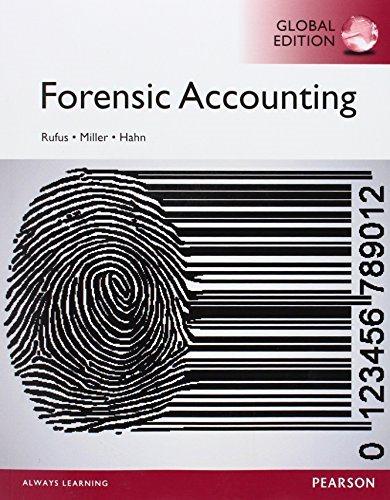4-80. The Columbia River Crossing (CRC) project is intended to improve traffic flow in the I-5 corridor
Question:
4-80. The Columbia River Crossing (CRC) project is intended to improve traffic flow in the I-5 corridor in the greater Vancouver, Washington, and Portland, Oregon, region. The proposed project is estimated to cost between
$3.1 billion and $3.5 billion plus interest on loans needed to fund the project. These estimates are based on construction beginning in 2013 with completion over an estimated seven- to nine-year period.
Proponents of the CRC project claim that traffic congestion will be reduced by 70% and commuter time reduced by twenty minutes per day. Also, there will be fewer traffic accidents, the quality of life in the metropolitan area will be enhanced, and the local economy will benefit from jobs related to the ongoing construction.
As the nature of this project was disclosed, a coalition of individuals and local organizations began to publicly challenge it, attacking both the cost projections and claimed benefits. These opponents argue that the proposed solution is too costly and will undermine the funding of necessary construction work in other parts of Oregon and Washington. Opponents also claim that, because projects of this type normally run over budget, the ultimate cost of the CRC project will likely exceed the initial projection. Finally, opponents claim that the proposal violates the National Environmental Protection Act and will fail to significantly relieve traffic congestion.
The nature and scope of the project are described in a YouTube video titled “The Columbia River Crossing:
A Boatload of Questions 1.3,” which was created by an opponent of the project. (A link to this video is available at www.pearsonglobaleditions.com/rufus.)
As the CRC project progressed, spending began to exceed initial estimates. Because there was inadequate financial reporting to allow monitoring of the project’s financial management, a local Vancouver businessman provided the funding to hire a forensic accountant to perform a review of documentation and spending.
The forensic accountant’s preliminary findings were presented at a 2010 meeting and can be viewed in the following two video clips entitled:
+ “Forensic Accountant Tiffany Couch shares her findings at ‘Bridging the Gaps’ event Part 1”
(go to www.pearsonglobaleditions.com/rufus for a link to this clip).
+ “Forensic Accountant Tiffany Couch shares her findings at ‘Bridging the Gaps’ event Part 2” (go to www.pearsonglobaleditions.com/rufus for a link to this clip).
Following a review of many of the documents discussed in these videos, Ms. Couch prepared a comprehensive report that was presented to Washington State Representative Ann Rivers (18th District, R-LaCenter). The report (called “Tiffany Couch’s CRC White Paper”) can be obtained via a link at www.pearsonglobaleditions.com/rufus.
A. After viewing these video clips, answer the following questions:
1. What types of information is Ms. Couch attempting to gather?
2. What are her preliminary findings?
3. What body language cues do you detect as you watch Ms. Couch present her preliminary findings?
4. What body language cues do you detect from Mr. Paul Guppy seated immediately behind Ms. Couch as she presents her findings?
5. Develop a preliminary hypothesis about the CRC finances based on your observations from Ms.
Couch’s presentation.
B. After reading the first ten pages of Ms. Couch’s letter to Rep. Rivers, respond to the following questions related to gathering evidence:
1. What was the purpose of the engagement?
2. How was the requested material delivered to Ms. Couch?
3. What was accomplished in the meeting/interview involving Ms. Couch and representatives of CRC and WSDOT?
4. What do you think Ms. Couch needed to do in order to convert the information provided by WSDOT into a usable format?
5. What were Ms. Couch’s three most significant findings related to financial matters at CRC?
6. Based on Exhibit P from Ms. Couch’s letter, what did she conclude about financial matters at CRC?
7. Revise the preliminary hypothesis you developed in A-5 above.
Step by Step Answer:

Forensic Accounting
ISBN: 9781292059372
1st Global Edition
Authors: Robert J. Rufus, Bill Hahn, Laura Savory Miller, William Hahn





